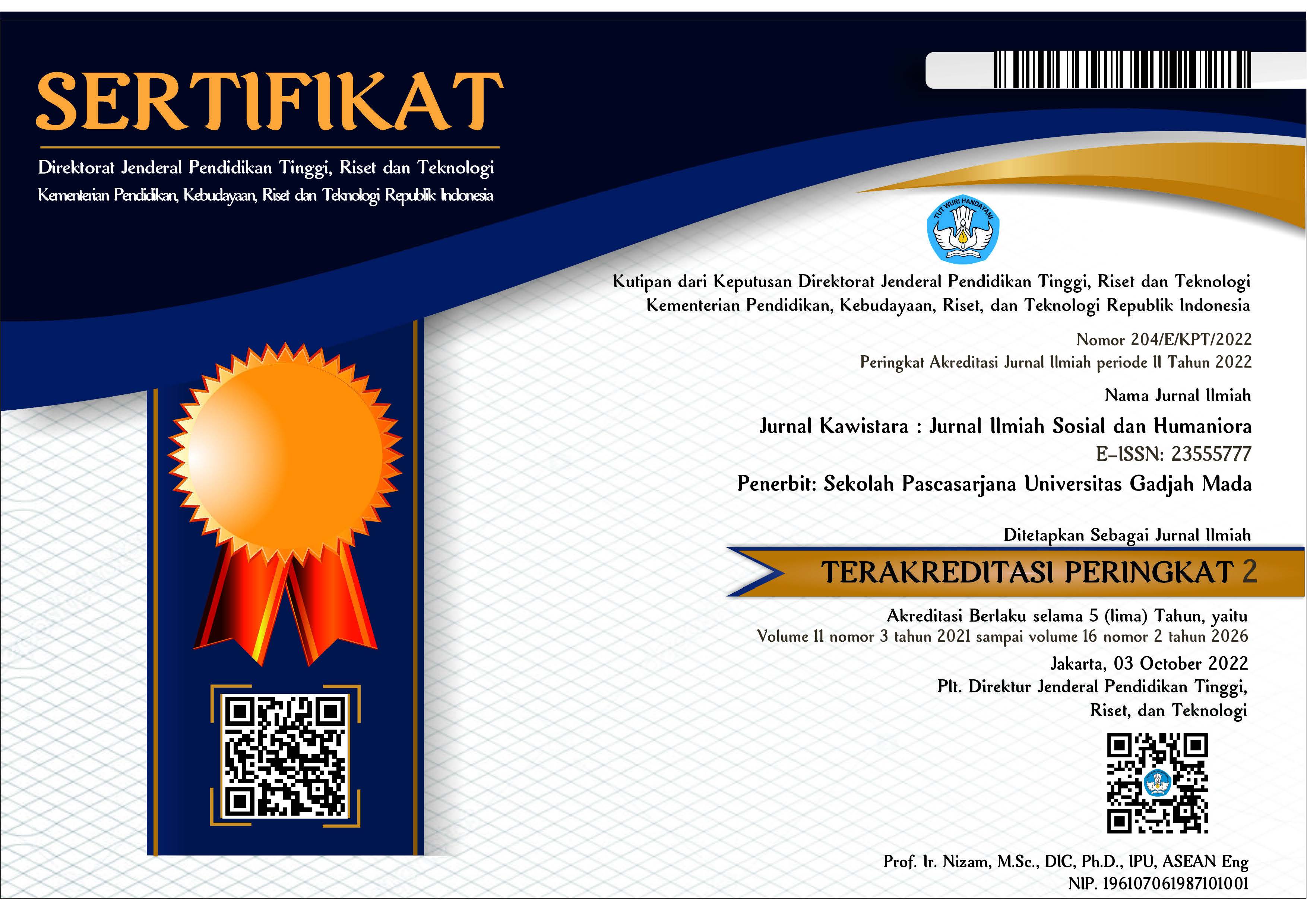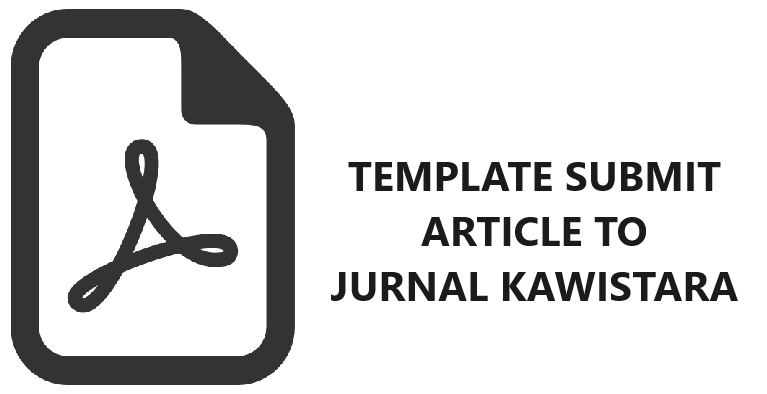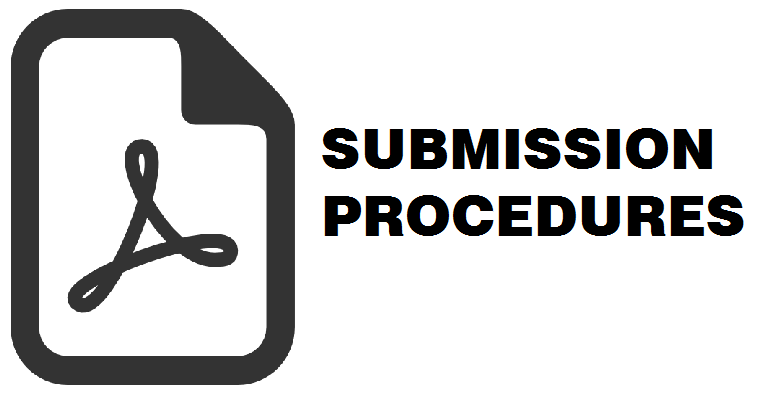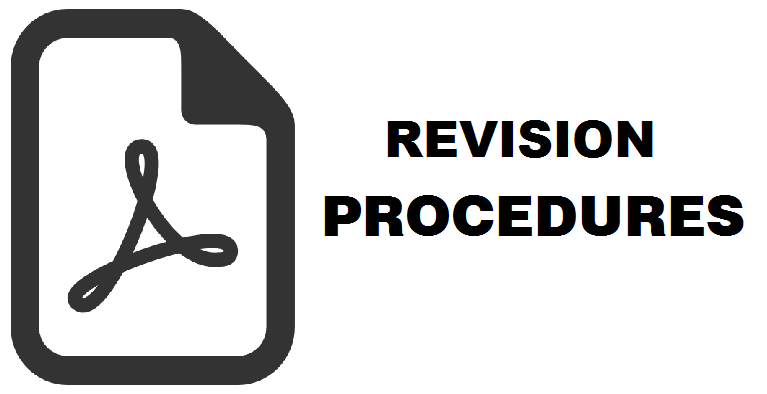Virtual Violence and New Media Ethics: The Boundary between Legitimate and Harmful Expressions
Hasan Sazali(1*), Abdul Rahman Matondang(2), Desvi Yanti Mukhtar(3), Rasyidah Rasyidah(4)
(1) Universitas Islam Negeri Sumatera Utara
(2) Universitas Islam Negeri Sumatera Utara
(3) Universitas Sumatera Utara
(4) Universitas Islam Negeri Ar Raniry
(*) Corresponding Author
Abstract
This research delves into the complexity of virtual violence in the realm of New Media ethics, focusing on the blurred boundary between legitimate expression and harmful threats. Within the context of the rapid growth of digital platforms, issues pertaining to ethics in online discourse and behavior are gaining increasing attention. The objective of this study is to explore the dynamics of the transition between creative expression and aggressive online behavior, as well as to identify its implications for individuals and society. The research employs a descriptive-analytical approach through a literature review. The literature review is conducted to delve into the concept of virtual violence, New Media ethics, and debates surrounding the demarcation between expression and threats. The findings of the research reveal the complexity in distinguishing between expression and threats within the context of virtual violence. Factors such as intent, context, and the impact of digital content play a significant role in determining ethical boundaries. While certain content evidently constitutes genuine threats, many cases require careful analysis to differentiate legitimate expression from unethical aggressive behavior. This research provides a deeper understanding of the dynamics of virtual violence within the realm of New Media ethics. Emerging implications and recommendations include the role of online platforms in developing clearer guidelines and the necessity for enhanced digital literacy to aid individuals in comprehending the social and moral impacts of their online behavior. This study contributes to the ongoing discourse concerning ethics in the digital world.
Keywords
Full Text:
PDFReferences
Al
Bibri, S. E. (2023). The Metaverse as a Virtual Model of Platform Urbanism: Its Converging AIoT, XReality, Neurotech, and Nanobiotech and Their Applications, Challenges, and Risks. Smart Cities, 6(3), 1345–1384. https://doi.org/10.3390/smartcities6030065.
ismaiel, O. A. (2023). Digital Media Used in Education: The Influence on Cyberbullying Behaviors among Youth Students. International Journal of Environmental Research and Public Health, 20(2). https://doi.org/10.3390/ijerph20021370.
Böhm, S., Carrington, M., Cornelius, N., de Bruin, B., Greenwood, M., Hassan, L., Jain, T., Karam, C., Kourula, A., Romani, L., Riaz, S., & Shaw, D. (2022). Ethics at the Centre of Global and Local Challenges: Thoughts on the Future of Business Ethics. Journal of Business Ethics, 180(3), 835–861. https://doi.org/10.1007/s10551-022-05239-2.
Bojic, L. (2022). Metaverse through the prism of power and addiction: what will happen when the virtual world becomes more attractive than reality? European Journal of Futures Research, 10(1). https://doi.org/10.1186/s40309-022-00208-4.
Centre, P. R. (2023). Global Support for Principle of Free Expression, but Opposition to Some Forms of Speech.
Dolunay, A. (2021). New media journalism in the context of communication ethics and basic legal codes: A review of the presentation of judicial news in the TRNC. Journal of Legal, Ethical and Regulatory Issues, 24(Special Issue 1), 1–14.
Dolunay, A., & Kasap, F. (2018). Freedom of the press in the digital age within the frameworks of ethics, law and democracy education: example of the North Cyprus. Quality and Quantity, 52(s1), 663–683. https://doi.org/10.1007/s11135-017-0645-x.
Dubreuil, C., Dion, D., & Borraz, S. (2023). For the Love of the Game: Moral Ambivalence and Justification Work in Consuming Violence. Journal of Business Ethics, 186(3), 675–694. https://doi.org/10.1007/s10551-022-05247-2.
Flattery, T. (2021). May Kantians commit virtual killings that affect no other persons? Ethics and Information Technology, 23(4), 751–762. https://doi.org/10.1007/s10676-021-09612-z
Greville, H., House, W., Tarrant, S., & Thompson, S. C. (2023). Addressing Complex Social Problems Using the Lens of Family Violence: Valuable Learning from the First Year of an Interdisciplinary Community of Practice. International Journal of Environmental Research and Public Health, 20(4). https://doi.org/10.3390/ijerph20043501.
Hu, Y., & Mei, L. (2021). From Literary Illusions to Media Simulacra: Toward a Semiotic Imagology in the Era of Global Communication. European Review, 29(4), 551–567. https://doi.org/10.1017/S1062798720000794.
Huang, X. cheng, Zhang, Y. ning, Wu, X. yu, Jiang, Y., Cai, H., Deng, Y. qian, Luo, Y., Zhao, L. ping, Liu, Q. ling, Luo, S. yue, Wang, Y. yan, Zhao, L., Jiang, M. min, & Wu, Y. bo. (2023). A cross-sectional study: family communication, anxiety, and depression in adolescents: the mediating role of family violence and problematic internet use. BMC Public Health, 23(1), 1–15. https://doi.org/10.1186/s12889-023-16637-0.
Hui, V., Constantino, R. E., & Lee, Y. J. (2023). Harnessing Machine Learning in Tackling Domestic Violence—An Integrative Review. International Journal of Environmental Research and Public Health, 20(6). https://doi.org/10.3390/ijerph20064984.
Katadata. (2020). Survei Literasi Digital Indonesia 2020. Katadata Insight Center, November, 1–58.
League, A.-D. (2022). The Oath Keepers Data Leak: Unmasking Extremism in Public Life.
Lian, Y., Zhou, Y., Lian, X., & Dong, X. (2022). Cyber violence caused by the disclosure of route information during the COVID-19 pandemic. Humanities and Social Sciences Communications, 9(1). https://doi.org/10.1057/s41599-022-01450-8.
MacLure, K., & Jones, A. (2021). Domestic abuse and intimate partner violence: the role of digital by design. Journal of Adult Protection, 23(5), 282–301. https://doi.org/10.1108/JAP-03-2021-0009.
Matondang, A. R., Dalimunthe, T. R., & Khodimatullah, M. (2023). Pembangunan Identitas Keagamaan dalam Ruang Digital (Studi Kasus tentang Kristen Cabang Muhammadiyah di Media Sosial). Al-Balagh: Jurnal Komunikasi Islam, 7(1), 31–36.
Matondang, A. R., Sazali, H., & Zainun, Z. (2024). Exploration of Simulacra in Moderation Messages: Analysis of Salafi Dakwah on Youtube. Journal La Sociale, 5(3), 590–604. https://doi.org/10.37899/journal-la-sociale.v5i3.1170.
Montefiore, T., & Formosa, P. (2022). Resisting the Gamer’s Dilemma. Ethics and Information Technology, 24(3), 1–13. https://doi.org/10.1007/s10676-022-09655-w.
Montero-Fernández, D., Hernando-Gómez, A., García-Rojas, A. D., & Del Río Olvera, F. J. (2023). Click Surveillance of Your Partner! Digital Violence among University Students in England. Social Sciences, 12(4). https://doi.org/10.3390/socsci12040203.
Moser, A., & Korstjens, I. (2022). Series: Practical guidance to qualitative research. Part 5: Co-creative qualitative approaches for emerging themes in primary care research: Experience-based co-design, user-centred design and community-based participatory research. European Journal of General Practice, 28(1), 1–12. https://doi.org/10.1080/13814788.2021.2010700.
Pimay, A., & Riyadi, A. (2023). Virtual Religious Conflict: From Cyberspace to Reality. HTS Teologiese Studies / Theological Studies, 79(1), 1–7. https://doi.org/10.4102/HTS.V79I1.8639.
Rauf, A. A. (2021). New Moralities for New Media? Assessing the Role of Social Media in Acts of Terror and Providing Points of Deliberation for Business Ethics. Journal of Business Ethics, 170(2), 229–251. https://doi.org/10.1007/s10551-020-04635-w.
Sá, M. J., & Serpa, S. (2023). Metaverse as a Learning Environment: Some Considerations. Sustainability (Switzerland), 15(3), 1–17. https://doi.org/10.3390/su15032186.
Sazali, H., & Sukriah, A. (2021). Pemanfaatan Media Sosial (Instagram) oleh Humas Smau CT Foundation sebagai Media Informasi dan Publikasi dalam Meningkatkan Citra Lembaga Pendidikan. Jurnal Ilmu Komunikasi, 10(2), 147–160.
Statistika. (2023). Daily time spent on social networking by internet users worldwide from 2012 to 2023. 1.
Vamanu, I. (2023). Cultivating Imagination: A Case for Teaching Information Ethics With Works of Fiction. Journal of Education for Library and Information Science, 64(1), 1–17. https://doi.org/10.3138/JELIS-2020-0035.
Yanto, E. S., & Ramdani, J. M. (2023). Engaging Students in Qualitative Research Practice and Understanding through Constructionist Perspectives: Socially Constructed Qualitative Research Pedagogies. The Qualitative Report, 28(7), 2156–2171. https://doi.org/10.46743/2160-3715/2023.6530
Article Metrics
Refbacks
- There are currently no refbacks.
Copyright (c) 2024 Hasan Sazali; Abdul Rahman Matondang; Desvi Yanti Mukhtar; Rasyidah Rasyidah

This work is licensed under a Creative Commons Attribution-ShareAlike 4.0 International License.
Jurnal Kawistara is published by the Graduate School, Universitas Gadjah Mada.











